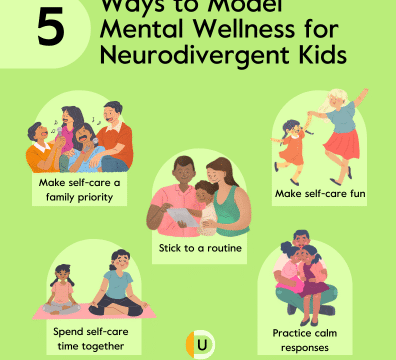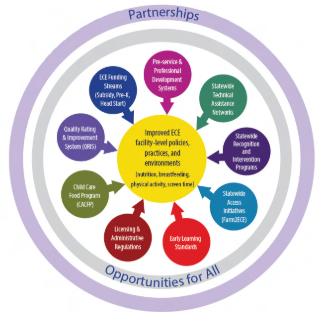When supporting diverse learners in special education, it’s helpful to understand how genetic conditions can influence learning, development, and classroom needs. This awareness promotes empathy, inclusion, and appropriate strategies to help every student succeed.
What Are Genetic Conditions?
Genetic conditions are differences in a person’s DNA that may affect physical development, learning styles, or behavior. These differences are present from birth and can vary widely from person to person. Some conditions are more noticeable, while others may be subtle and only affect certain aspects of learning or behavior.
Examples of Common Genetic Conditions in Education
Some well-known genetic conditions that educators may encounter include:
- Down syndrome
- Fragile X syndrome
- Williams syndrome
- Turner syndrome
Each of these conditions may present in unique ways, and it’s important to remember that every student is an individual. Strengths, challenges, and personality traits can differ even among students with the same condition.
Why Awareness Matters in the Classroom
Understanding genetic conditions helps teachers and support staff:
- Create inclusive and welcoming learning environments
- Adapt instructional methods to fit individual needs
- Use positive, student-centered communication
- Build partnerships with families and specialists
Supportive Strategies for Educators
- Focus on Strengths
Highlight what each student does well. Use these strengths to build confidence and guide instruction. - Use Visual Supports and Clear Routines
Visual schedules, step-by-step instructions, and consistent routines help students feel secure and better understand expectations. - Encourage Social Interaction
Fostering peer relationships through group activities and structured social opportunities can support emotional growth and communication skills. - Collaborate With Families
Families often have valuable insight into their child’s needs. Working together builds trust and helps align home and school support. - Individualize When Needed
Personalized education plans (IEPs) are designed to support each student’s unique goals. Use them to guide your teaching and accommodations.
Creating a Positive Learning Environment
Students with genetic conditions benefit greatly from classrooms that emphasize patience, positivity, and understanding. By focusing on ability rather than limitation, educators can create a safe and enriching space for every learner.
Final Thoughts
Understanding genetic conditions in special education isn’t about labeling students—it’s about better meeting their needs with compassion and care. When educators approach each student with curiosity, respect, and flexibility, all learners have a greater opportunity to thrive.






